
In an industry that heavily depends on technical advancements and the latest on-road designs, one would think it is odd to reminisce about the old, the bygones, the ones oft’ remembered during weekend nostalgia trips. The reality is in fact, quite the opposite. The industry of vintage cars is worth worth of more than INR 239 lakh crore ($3500 billion) today. Vintage and classic cars have always had a niche market that has its share of loyal patrons. But what’s noteworthy is how quickly this sector is mushrooming, with bigger numbers and even bigger names associated with it.
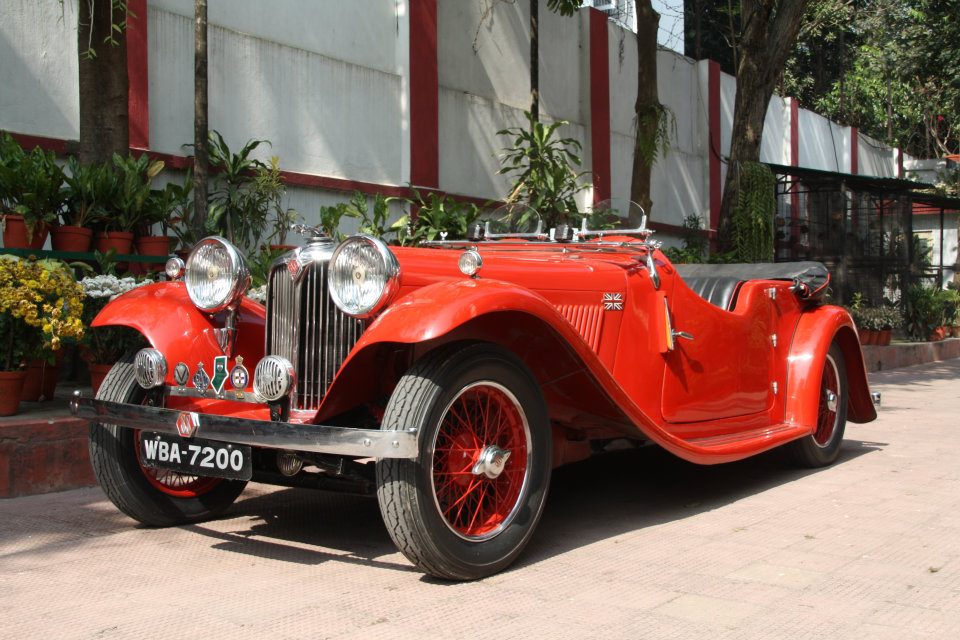
Image: DS Bose
As per a Forbes article last year, the vintage cars sector was a dark horse in terms of investment, so much so that for some brands the value appreciated by 88% in a single year. The GMC Typhoon model dated 1992 and 1993 for instance, witnessed a 59% hike in value within the same period as the Buick Reatta luxury coupe (two-seater) model of 1988 appreciated by 30%.
But statistics aside, the charm of vintage and classic cars is inevitable. Each with a unique footnote in history, these cars emanate the flavour of an era gone by. With their vibrant colour palettes, elongated hoods, sloping roofs and sweeping fenders, these veteran beauties personify elegance. Unlike the modern-day concept of vapid design engineering en masse, classic cars are distinguishable by their chrome accents, proudly gleaming under the glistening sun. Typically characterised by bold grilles, intricately detailed interiors crafted into a balanced symphony of metal, leather and wood and sumptuous curves, these cars hark back to an era when driving was a cherished experience.
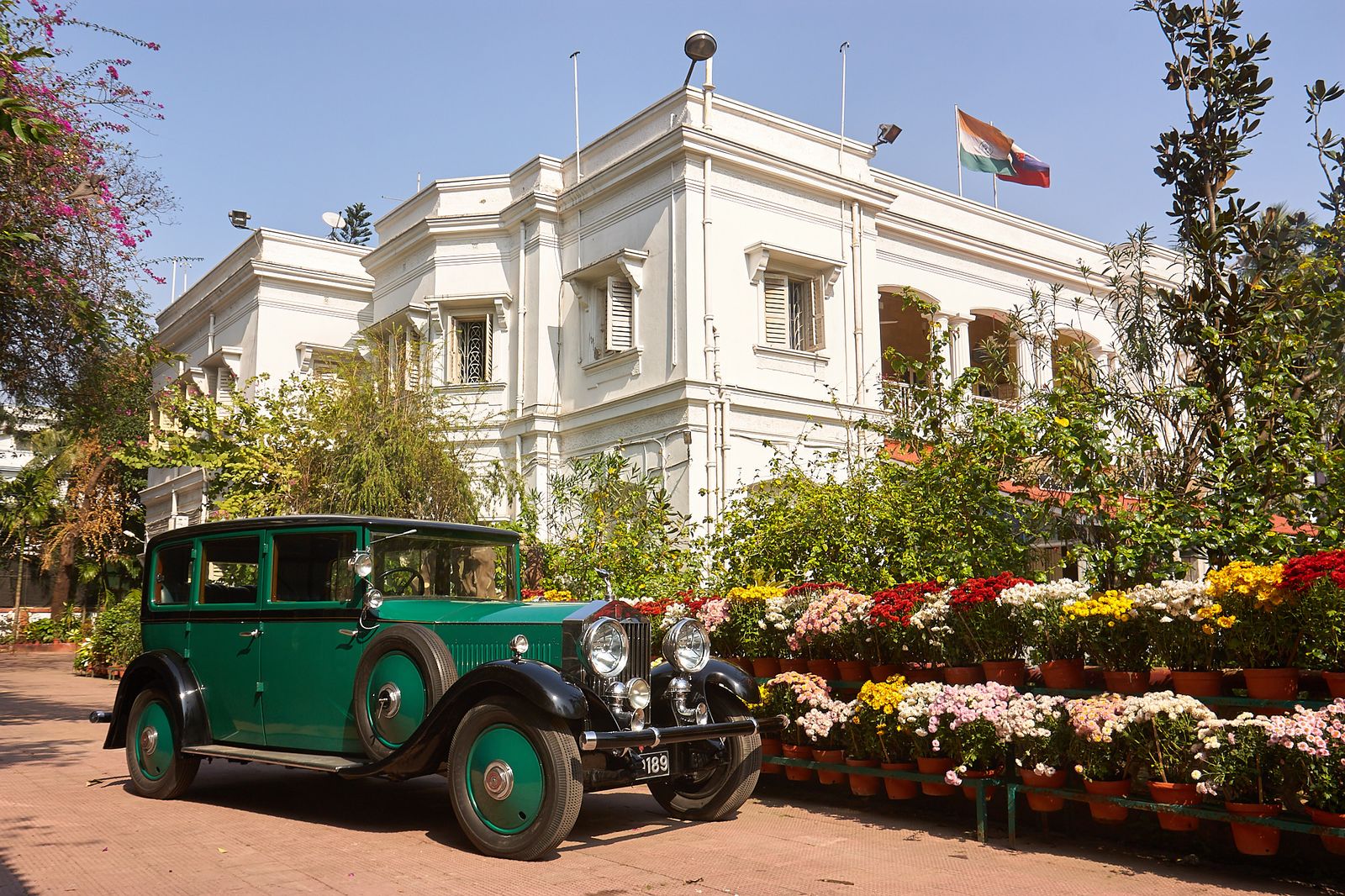
Image: DS Bose

Image: DS Bose
A community experience
The vintage and classic cars sector thrives as a subculture in India, finding patronage in fervent collectors, restorers and enthusiasts. In today’s context, accumulating such pieces of automotive art is not merely about adding models to a personal collection, but a means to feel connected for a larger purpose. This shared experience in terms of car clubs, car shows and rallies has only enriched inter-personal connections and camaraderie. Such community spaces allow veterans and novices alike to showcase their amassed ranges and share stories associated with each car.
Deborshi Sadhan Bose (also known as Billy), Founder and Life Member of the Eastern Motor Sports Association (EMSA) and Chairman of the Eastern Motor Sports Automobile Associates (EMSAA), recounts the origin story of his romantic saga with vintage cars. “My father Partha Sadhan Bose (5th generation of the ECBOSE group of companies, India’s 173-year-old stevedoring concern) used to say that I uttered the word ‘gari’ (‘cars’ in Bengali) more than any other word. He was a top-seeded driver of his time in ‘Motorsports’ and developed a passion for vintage cars in the early 1980s,” says Bose, clearly implying that he grew up in an environment that bustled with the love for rally and vintage cars.
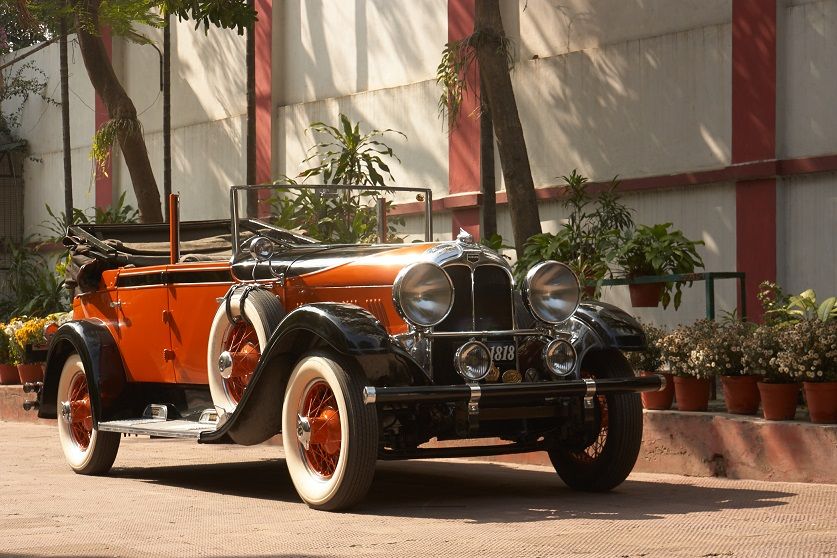
Image: PS Bose
The first of many in PS Bose’s collection was a 1931 Buick Straight 8 and a 1917 Model T Ford. Bose especially mentions the Auburn 6-85 Phaeton Sedan from 1930, highlighting that the particular model is the only one surviving in Asia and probably among the only five remaining in the world. A relatively new model of its times, the Auburn 6-85 Phaeton Sedan was once proudly flaunted by the Debs of the Shobhabazar Rajbari family (aristocratic clan) in North Calcutta. PS Bose understandably negotiated for it for years but without much success. A dignified and well-known Bengali family like the Debs thought it would be demeaning to “sell” a prized possession, no matter if their reality was a portrait of financial decay. When they finally agreed to part ways with the Auburn, they informed PS Bose that it would have to be without any monetary transaction. PS Bose was too sceptical about this and instead offered a huge pot of rabri (a Bengali milk-based sweet) as remuneration. And thus, the deal of the century was sealed.
The proliferation of the vintage and classic car culture has been considerable in the past decade. With the introduction of Fiats, Jeeps, or Landmasters coming in within the umbrella of ‘vintage,’ many more car owners are coming out of the shadows of obscurity and into the prestigious world of classic car collection. Multiple support groups have also cropped up to aid the collectors’ fraternity into the spotlight. In West Bengal itself, groups like EMSA, CDC (Classic Drivers Club), Just Sportz, or even AAEI (Automobile Association of Eastern India) regularly organise events and shows that allow collectors to flaunt their wheeled companions.
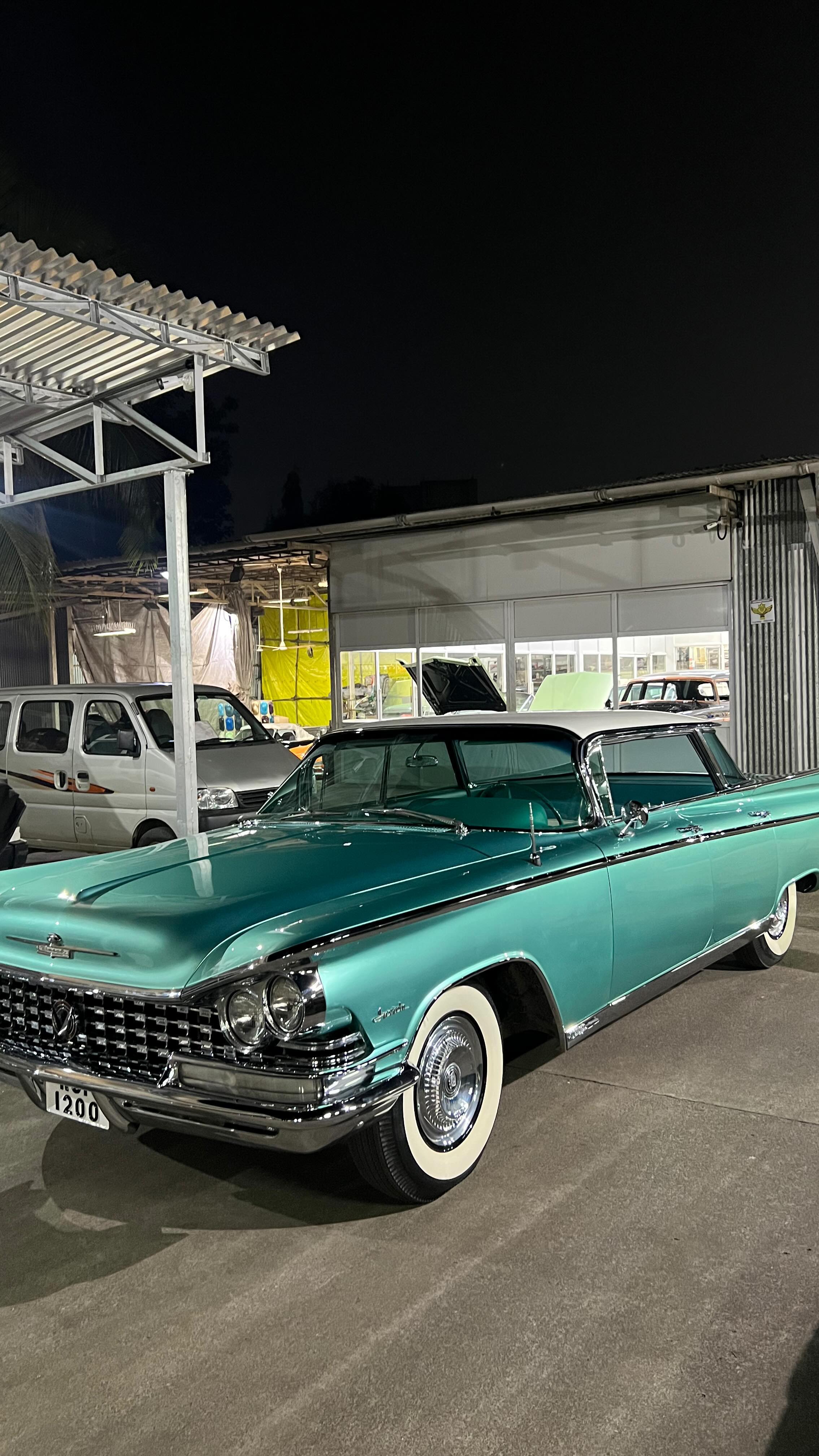
Image: Instagram/@allan_almeida
Pankaj Motreja, a committee member of the Karnataka Vintage and Classic Car Club (KVCCC) and a Software Engineer by profession, echoes this thought. Not only does he emphasise the importance of clubs and rallies in establishing such a circle of trust, but also brings attention to how such events are perfect platforms to promote a social message. For example, the KVCCC has organised multiple rallies in association with partner organisations for causes like cancer screening awareness, glaucoma awareness, polio immunisation, or even road safety.
Understandably then, these social gatherings make for fascinating anecdotes. Recounting a few such precious memories, Motreja talks about how, at an event, an elderly visitor broke down in tears upon recognising her late father’s vintage car in the lineup. “At another event, we overheard a conversation between two visitors who noticed a badge that read “MG” on a club member’s 1947 MG TC. They were sure that the vehicle belonged to Mahatma Gandhi since it carried his initials,” he quips. Collectors hunting down special vintage cars (sold by their father or grandfather during their early days) and buying them back is a common occurrence, confirms Motreja. “The chief guest, HRH Yaduveer Krishnadatta Chamaraja Wadiyar (present MP of Mysore and the descendent of the Wadiyar royals of Mysore) was delighted to see two Daimlers that were previously owned by his family,” says Motreja.
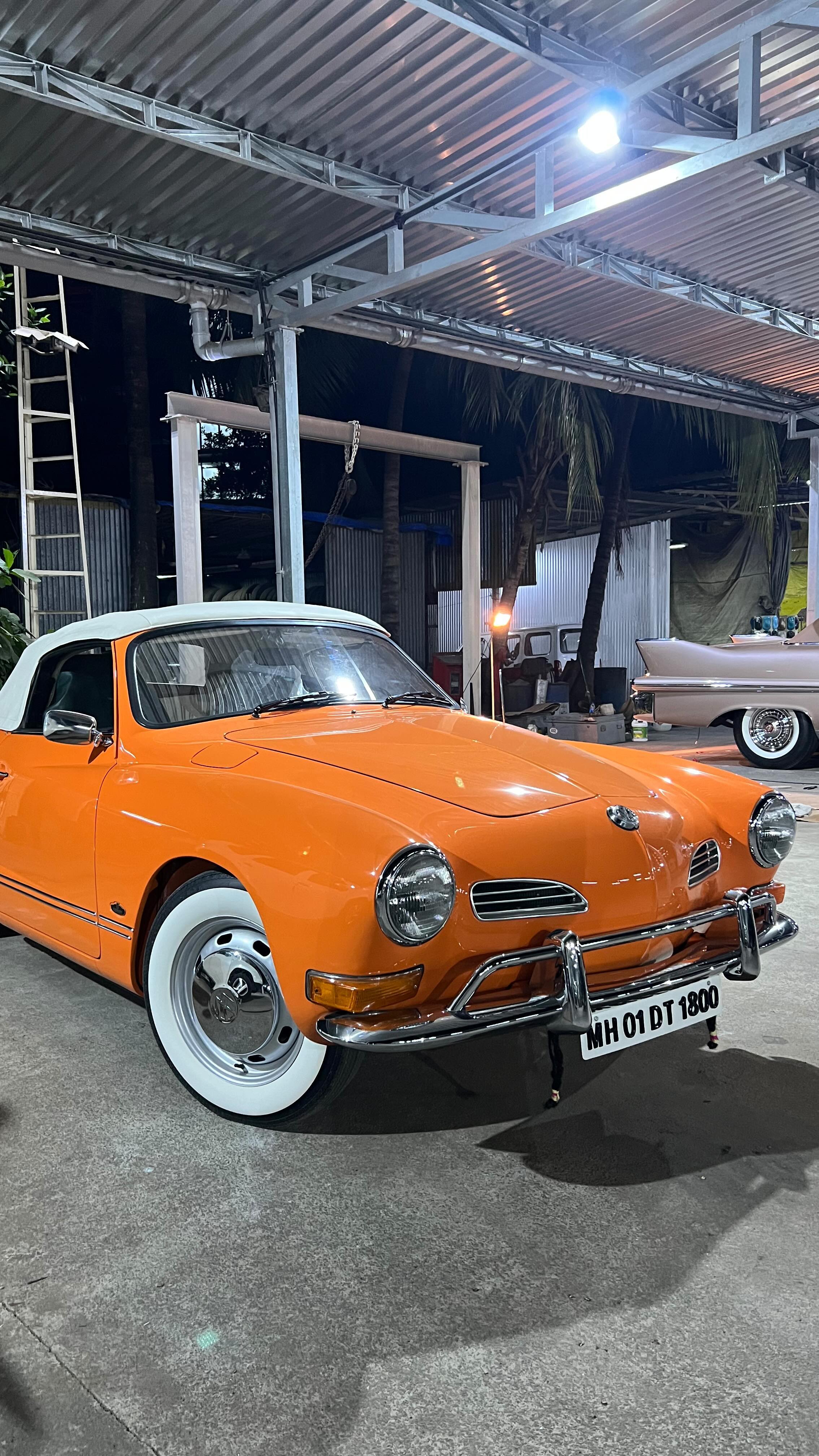
Image: Instagram/@allan_almeida
Souvik Ghose Chaudhuri, a founder and trustee of CDC, also underscores the importance of public events in shaping a brotherhood of sorts. CDC is the official partner of FIVA (Federation Internationale des Vehicules Anciens, also known as the International Federation of Historical Vehicles) in India. The UNESCO-recognised federation has declared the CDC an official ANF (Autorite Nationale de la FIVA) in India. The national FIVA authoritative status is awarded to a federation based on its expertise in advancing the historic vehicle movement within a particular nation. “The main crux behind forming this club was to make these cars accessible to the general public. We realised this could begin by increasing touchpoints, like taking these cars out on the roads. These historic vehicles are not meant to be museum pieces but are completely capable of being driven,” he says. The multiple people Chaudhuri has met over the years have given him a sense of belonging. “I immediately bond with them and it is an instantaneous connection. It holds true for people across the globe and not just India. I have been to international classic car rallies where I have been invited to private lunches at owners’ houses moments after we exchanged pictures of our private collections. This community is very inclusive and supportive in that way.”
One would imagine such a fraternity thrives primarily on exquisite vintage pieces of considerable price brackets. But Chaudhuri dispels such a classist notion. “You don’t need to own a Rolls Royce, a Bentley or a Hispano Suiza in order to belong to the community. If you own a 1970s Ambassador or even a Maruti 800 SS1 from the ‘80s, you are still very much a part of the narrative of Indian automotive heritage. If everyone vies to save only foreign marques (makes), then our Indian automobile history stands to face extinction,” he says.
A restorative approach
A huge part of vintage and classic car culture is restoration. Since most models date back more than a century, it is imperative to invest in restoring the available models and ensuring their smooth functioning. Allan Almeida, a vintage car restorer, chimes in on the strategies used during the painstaking process. “More than 50 percent of restoration involves studying the car and formulating an accurate way to bring it back to its original glory. Once that is mapped, we order or source parts that we can,” says Almeida. For cars that have unavailable parts, they either try replicating them accurately through pictures or else, use their imagination keeping in mind the marque and period of those particular cars.

Image: Instagram/@allan_almeida
The main restoration process involves old-school techniques instead of the current fast-and-furious ways of automotive engineering. Each part is handled separately and with utmost care. But for certain parts that are unavailable and don’t have any pictorial reference, restorers use CAD/CAM techniques, 3D scanning, or even develop new parts altogether. Reminiscing about a success story that he had during restoration Almeida talks about a 1936 Cord 810. “Not only did we restore it to one of the best Cords currently available globally, but the car also won a lot of recognition in various concours (typically a vintage car parade offering prizes to models in perfect restorative conditions).”
According to Motreja, India has also showcased a budding DIY (do-it-yourself) culture of classic car enthusiasts who are more hands-on and restore their vehicles themselves. With standards of restoration improving every year, there is also keen interest in driving instead of just displaying. “Some members drive their heritage vehicles thousands of kilometres to participate in events in other states. Others participate with heritage vehicles in endurance drives to destinations like Leh,” he says.
Motreja’s preservation-class 1955 VW Beetle has also been mechanically restored. Even though it still sports much of its original paint, the patina has been cosmetically preserved.
But restoring classic and vintage cars has its fair share of challenges. Motreja notes how high import duties levied on spare parts, or even the availability of such parts can be a tricky affair. “Sourcing tyres of some particular sizes can be a challenge,” he adds.
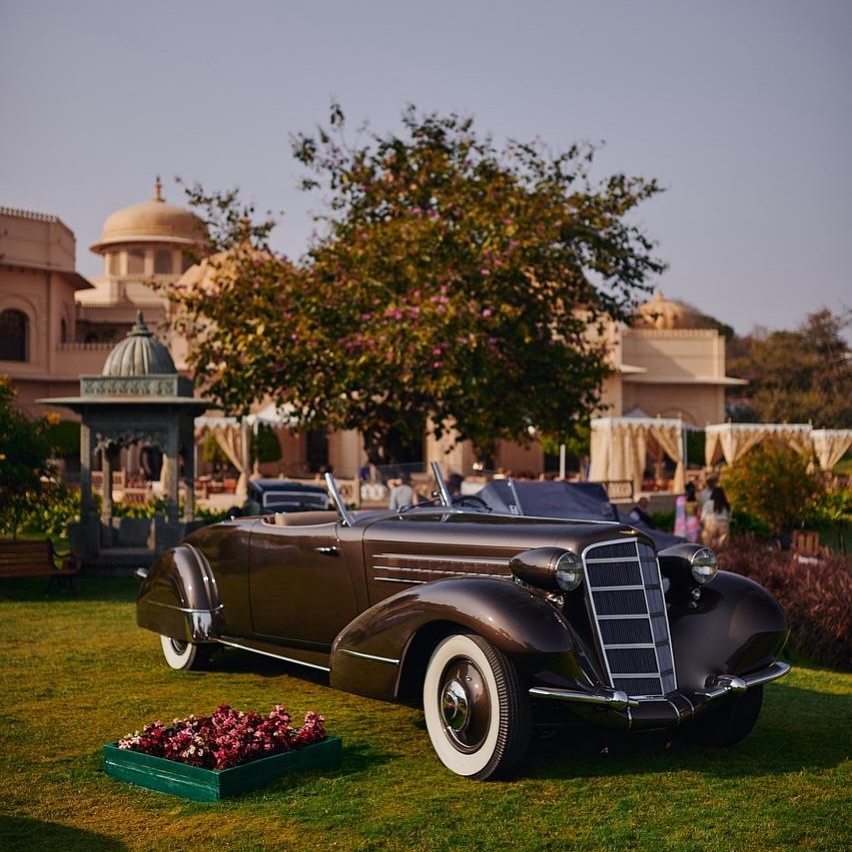
Image: Instagram/@allan_almeida
Another important facet in the world of classic and vintage cars is import. Nitin Dossa, the chairman of both the Western India Automobile Association (WIAA) and the Vintage & Classic Car Club of India (VCCCI), chips in on this. A proud owner of over 70 vintage vehicles, Dossa says, “I try and play my part in advocating for the interests of vintage car enthusiasts in India.” He adds, “The VCCCI actively engages with government authorities to simplify the import process and reduce bureaucratic hurdles. We are also trying to get the import duties reduced as well as trying to extend the import date to 1970.”
Way forward
The present generation first needs to take cognizance of the fact that vintage and classic cars are part of history, asserts Bose. “You may have your air-conditioning and power steering, but that’s not a patch compared to these cars,” he quips. Since each vintage car tells a different story with its own share of anecdotes, the young generation ought to partake in this legacy.
Such vintage pieces also provide a learning ground for the uninitiated. Details about their engineering and inner workings — how the hood comes up, how the glasses are rolled down, how the suspension and brake systems function alongside the electrical components — “everything makes you a man from a boy,” Bose ends on a definitive note.
Discover more stories on luxury, business, culture, and innovation here at Candle Magazine
